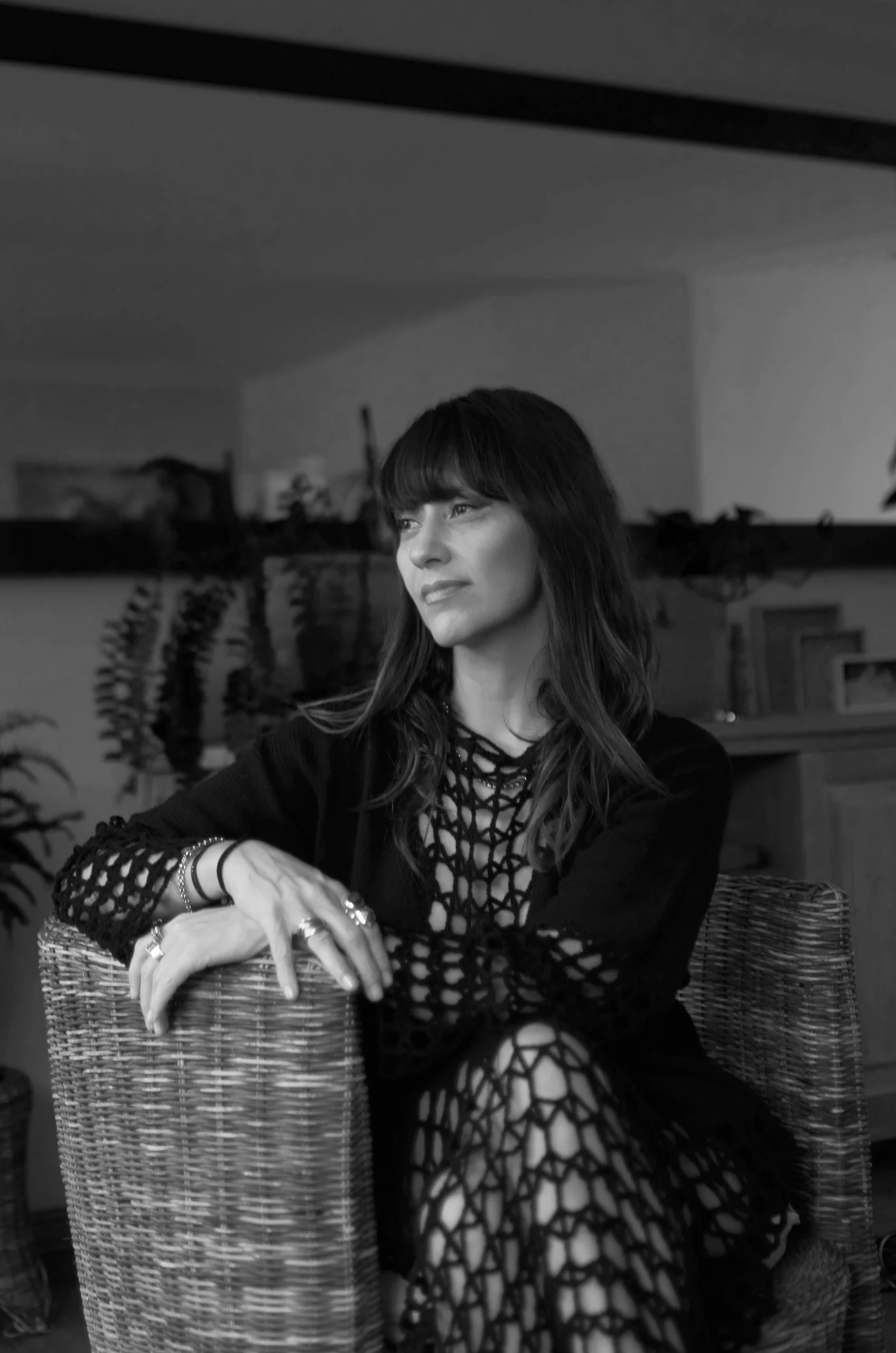
Ana Tafur
After dedicating seven years to working as a production line manager in one of China’s largest manufacturing plants in Shanghai, Colombian designer Ana Tafur decided to quit her job and return back to Latin America, where she embarked on a tour around the region, visiting Indigenous communities and learning about ancestral sewing techniques.
Those travels culminated in Tafur launching her sustainable and ethical fashion brand, Sake, in 2013, setting up shop in Peru, where she works with local communities using ancestral techniques such as natural dyeing to operate her business. Sake now makes approximately 3,600 pieces a year, with 70 per cent direct-to-consumer sales and 30 per cent through wholesale channels, she says. Sake is currently stocked in three retailers based in Peru and has two international wholesale partners. “I was working in mass production, working with factories in Vietnam, Bangladesh and China,” she says. “This led me to do something smaller and closer [to home] and that’s why I ended up in Peru. [We adapt] the observations that the native and Indigenous communities have made through the years and centuries into our value chain.”

